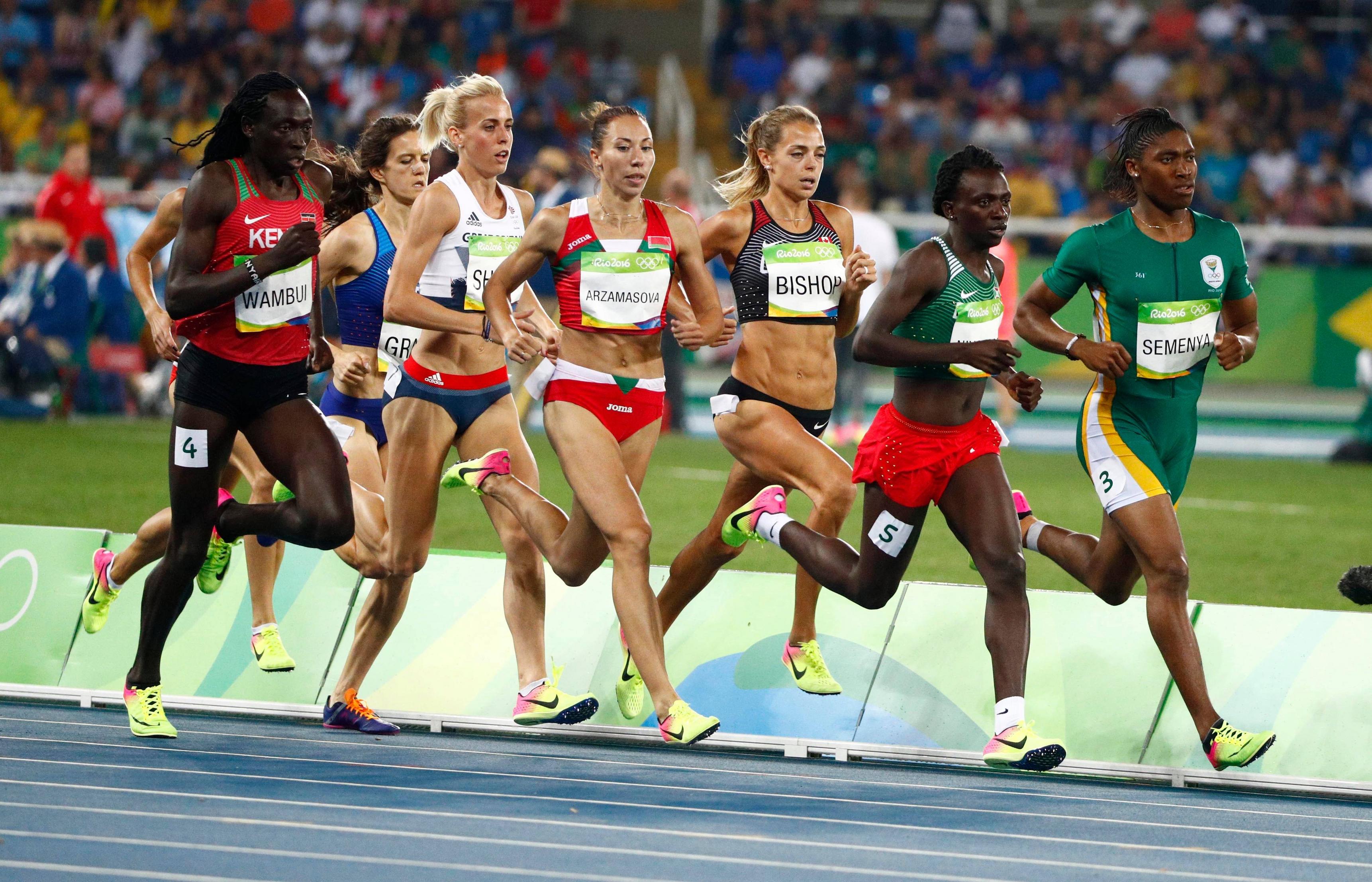
Female athletes often face discrimination due to their appearance. There are several ways to overcome this. First, you can control your body image. To challenge gender stereotypes, you can use social media. You can also be an advocate to promote gender equality. These tips will allow you to be an active member in the sports community.
Regaining control of your body image
There is a growing movement among female athletes to take back control of their body images. These athletes shared how the pressure to appear perfect impacts their performance, mental health, and overall performance. Gracie Gold, Olympic figure skater, and Allie Ostrander, a professional runner, are just some of the athletes who have spoken out about their own struggles with negative body image. These athletes want people to see that it's not weakness to have a body not conforming to a standard.
Female athletes still have the potential to develop body dissatisfaction despite being under immense pressure to improve their body images. Body dissatisfaction is a mental state that results from negative thoughts about a person's body, and the perceived discrepancy between a person's body size and the ideal body size. The context and function also affect the way you see your body. Recent research found that female collegiate athletes were part of a program called "Bodies in Motion," which helps athletes to have a positive image of their bodies.
Change the stereotypes of female athletes
It is important for female athletes to break down gendered stereotypes. Many girls and ladies are discouraged form participating in sport because of the stereotypes surrounding them. Changing these stereotypes begins at home. It starts with teaching girls and women to respect one another and be unique. It begins with changing the way that we talk about women. We can change the way we talk and act about female athletes.
Although research on female athletes has been dominated by the bipolarity between femininity and masculinity, very little has been done regarding androgyny. Androgyny is the middle ground between masculinity & femininity. It allows a female athlete to be both male & female simultaneously. This gender identity may be assertive yet gentle, independent and dependent, competitive yet passive, or it can be assertive but gentle. A woman can display both masculine and feminine qualities which can be very empowering.
Participating in social media
It is possible to inspire younger women to take part in sports by using social media. Female athletes are often inspired by the stories that they read about other women in the sport and this is one way to do that. The UConn Huskies won the Baylor Bears' game last night. Social media was completely dominated by this match. The final score was 69-67 in favor of the Huskies, but the controversial call was the talking point of the night.
Participating in social media can help young women get involved in sports and improve their overall health. Social media is being used by many female athletes to help them promote themselves. Unfortunately, there is not much research into how female athletes present themselves online.
Managing gender stereotypes
Participation in sports can be limited by gender stereotypes. They may choose to deemphasize their athletic achievements and focus on other sports that are less stigmatized, or they may even drop out of their sport altogether. These issues are a reflection of larger cultural attitudes about athletic women. These stereotypes can be a barrier to participation in female sports.
First, women athletes have to face the problem of public perception. The public views women as being submissive or objectified. In addition, male athletes are often viewed as heroic and masculine while female athletes are seen as wives and daughters. This unhealthy cycle of gender stereotypes often results in the sexualization and objectification female athletes. This issue was highlighted by the USA Gymnastics scandal.